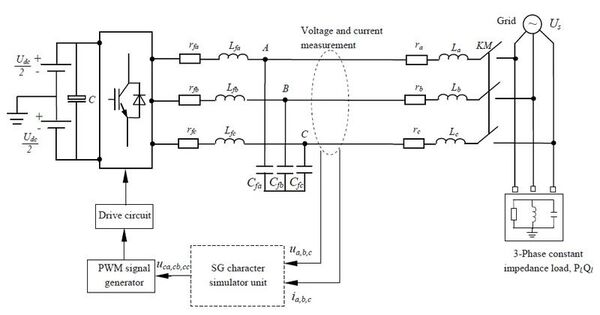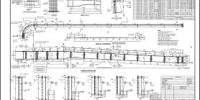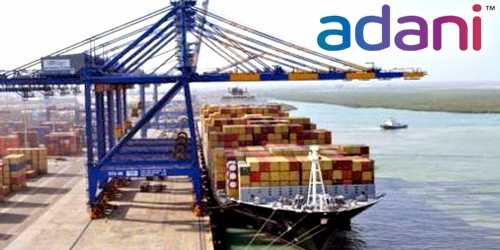Synchronverters, also known as virtual synchronous generators, are inverters that resemble synchronous generators (SG) and supply “synthetic inertia” for auxiliary services in electric power systems. Inertia is a feature of typical synchronous generators that refers to the rotating physical mass of the system spinning at a frequency proportional to the amount of power generated.
Synchronverters are power electronic converters used in electrical grids to synchronize and inject electricity. They can adjust the amount and phase angle of the injected current, making them valuable in applications such as grid stabilization, renewable energy integration, and power quality improvement.
Inertia has consequences for grid stability since labor is required to modify the kinetic energy of a spinning physical mass, which resists changes in grid frequency. Inverter-based generation lacks this feature because the waveform is generated artificially using power electronics.
Synchroverters are distinguished by their ability to replicate synchronous generators, which are historically utilized in power networks to maintain grid stability. Synchroverters, on the other hand, achieve this without the use of mechanical components such as rotating shafts, making them more versatile and efficient in operation.
How do Synchronverters Work?
- Control Algorithms: Synchronverters employ sophisticated control algorithms to regulate their output voltage and frequency to match that of the grid. These algorithms continuously monitor the grid parameters and adjust the inverter’s output accordingly.
- Grid Synchronization: These synchronize with the grid by measuring the grid voltage and frequency and adjusting their internal parameters to match them. This ensures that the inverter’s output is in phase and synchronized with the grid.
- Active Power Control: These can control the active power output by adjusting the DC input voltage or current. This allows them to inject or absorb power from the grid as needed to maintain grid stability.
- Reactive Power Control: In addition to active power control, synchronverters can also control the reactive power output. This is important for maintaining voltage stability and power quality in the grid.
Advantages
- Grid Support: Synchronverters can provide valuable grid support functions, such as voltage and frequency regulation, which are essential for maintaining grid stability, especially in systems with high levels of renewable energy integration.
- Dynamic Response: These typically have faster response times compared to synchronous generators, making them well-suited for applications where rapid changes in power output are required, such as in microgrids or renewable energy systems.
- Flexibility: These can operate over a wide range of output power levels and are adaptable to different grid conditions and requirements.
These converters can be used in a variety of grid-connected applications, including wind and solar farms, where their capacity to dynamically manage power injection can assist stabilize the grid, reduce voltage fluctuations, and facilitate the integration of renewable energy resources. Synchroverter technology is constantly evolving, with ongoing research aimed at enhancing its performance, efficiency, and reliability in modern power systems.
















